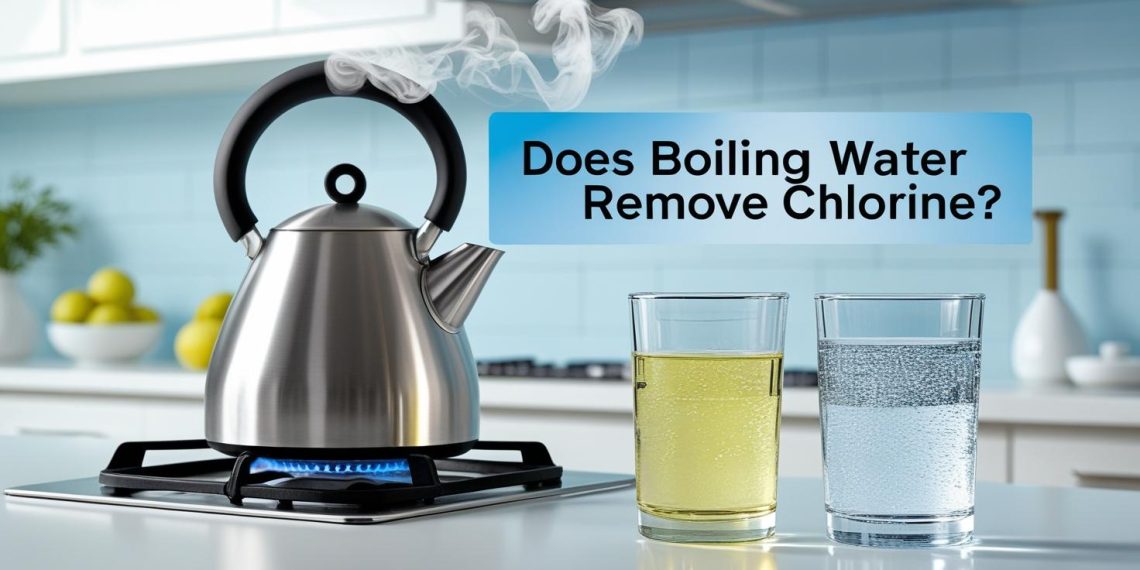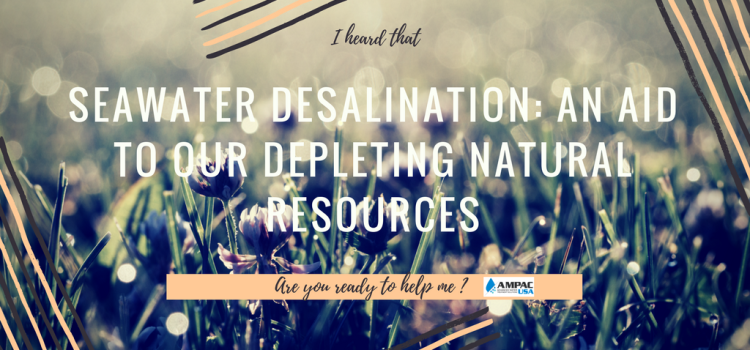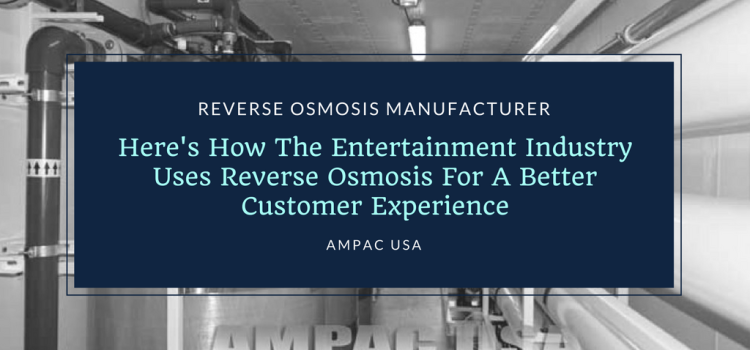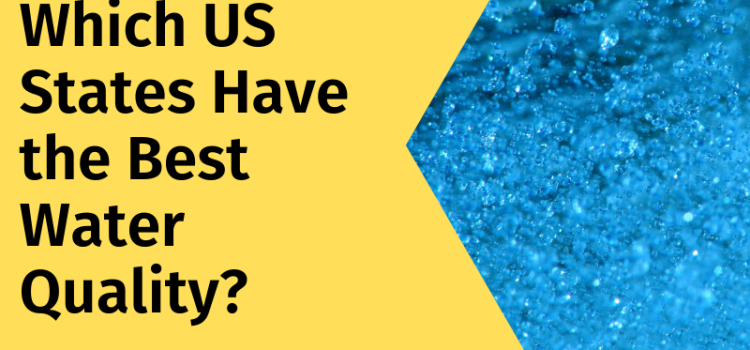Last updated on September 1st, 2025 at 03:53 pm
If you’ve ever poured a glass of tap water and noticed a swimming-pool smell or sharp taste, you’re probably wondering: does boiling water remove chlorine? The short answer is yes—for free chlorine, boiling speeds up its escape into the air. But there’s more to the story, especially if your city uses chloramine, a more stable disinfectant that doesn’t evaporate as easily. In this guide from AMPAC USA (ampac1.com), we explain how boiling works, when it doesn’t, and the best, proven methods to reduce chlorine and chloramine for homes, businesses, and industrial users.
Why Chlorine Is in Your Water—And What You’re Actually Tasting
Public utilities add chlorine (or chloramine, a compound of chlorine and ammonia) to disinfect drinking water and protect it all the way to your tap. Disinfection is essential, but residual chlorine can affect flavor, aroma, and beverage quality (think coffee, tea, and brewing). In cooking, chlorine can dull aromas and alter delicate flavors. For some users—restaurants, beverage manufacturers, laboratories, aquariums, dialysis centers—controlling chlorine or chloramine is more than comfort; it’s a process requirement.
The Quick Answer: Does Boiling Water Remove Chlorine?
-
Free Chlorine (Cl₂/HOCl/OCl⁻): Boiling helps. Heating water causes dissolved free chlorine to off-gas faster. With an open pot at a rolling boil, free chlorine can drop to negligible levels over time.
-
Chloramine (NH₂Cl): Boiling is unreliable. Chloramine is far more stable and does not readily evaporate, so even prolonged boiling often doesn’t remove enough to fix taste, protect sensitive applications, or meet process specifications.
Bottom line: Boiling can be a stopgap for free chlorine, but it’s not a complete solution, especially in cities that use chloramine. If you need consistent, high-quality water, consider activated carbon, catalytic carbon, or reverse osmosis (RO)—all solutions AMPAC USA engineers every day.
How Boiling Works for Free Chlorine
Chlorine exists in water as hypochlorous acid (HOCl) and hypochlorite ion (OCl⁻), depending on pH. Heat increases molecular motion and accelerates the escape of chlorine into the air. Two factors matter:
-
Time at Temperature: The longer you maintain a rolling boil, the faster free chlorine dissipates.
-
Open Vessel & Agitation: Use an uncovered pot. Stirring or pouring between vessels increases surface area and supports off-gassing.
Practical Steps (for Free Chlorine Only)
-
Bring water to a rolling boil in an open pot.
-
Maintain the boil for several minutes; longer = more off-gassing.
-
Let it cool uncovered, then store in a clean, closed container.
Important: Boiling water kills microbes but does not remove many chemical contaminants (e.g., PFAS, pesticides, heavy metals, nitrates). It also concentrates minerals slightly due to evaporation. Boiling is not a full purification method—only a limited dechlorination technique for free chlorine.
Chlorine vs. Chloramine: Why It Matters
Many municipalities have moved from free chlorine to chloramine because it lasts longer in distribution pipes. That same stability makes chloramine harder to remove at the tap:
-
Boiling: Often insufficient; significant chloramine can remain.
-
Letting Water Sit: Works for free chlorine (slowly), not for chloramine.
-
Basic Pitcher Filters: May reduce some chlorine taste but are inconsistent for chloramine unless they use certified catalytic carbon and sufficient contact time.
If your water smells less like a pool yet still tastes “flat” or “chemical,” your city may use chloramine. Check your utility’s annual report—or test at the tap—and choose treatment accordingly.
Proven Ways to Remove Chlorine and Chloramine (Boiling vs. Best Methods)
1) Granular Activated Carbon (GAC)
What it does: Adsorbs free chlorine effectively, improving taste and odor.
Use cases: Point-of-use (under-sink) or point-of-entry (whole-house).
Notes: Requires proper sizing and regular media replacement to keep performance high.
2) Catalytic Carbon (for Chloramine)
What it does: Specially treated carbon that catalyzes the breakdown of chloramine.
Use cases: Municipal supplies using chloramine; brewing, coffee, restaurants, labs.
Notes: Needs sufficient contact time and flow control to be effective.
3) Reverse Osmosis (RO) with Carbon Pre-Filtration
What it does:
-
Carbon prefilter removes chlorine/chloramine before they can damage the RO membrane.
-
The RO membrane rejects dissolved solids and many chemical contaminants, far beyond what boiling can do.
Use cases: Home under-sink systems, commercial kitchens, ice production, beverage and process water, laboratory applications.
Notes: For chloramine, make sure the RO system uses appropriate catalytic carbon or multi-stage carbon.
4) Distillation
What it does: Evaporates and re-condenses water, leaving many contaminants behind.
Pros: Very low-TDS water with negligible free chlorine.
Cons: Energy-intensive, slow, and not ideal for whole-home usage.
5) Chemical Neutralization (Targeted)
What it does: Vitamin C (ascorbic acid) or sodium thiosulfate neutralizes chlorine/chloramine quickly.
Use cases: Aquariums, some industrial or temporary setups.
Notes: Not common for daily drinking water in homes; dosing must be controlled to avoid taste or byproduct concerns.
6) UV Dechlorination (Specialized)
What it does: High-intensity UV at specific wavelengths can break down chloramine.
Use cases: Industrial or specialized systems.
Notes: Standard residential UV units (sized for microbial control) are not designed for dechlorination unless specified.
When Boiling Is Enough—and When It Isn’t
Boiling can help if:
-
Your city uses free chlorine (not chloramine).
-
You need a one-time improvement in taste for drinking or cooking.
-
You’re in a pinch and lack a filtration system.
Boiling is not enough if:
-
Your utility uses chloramine.
-
You need consistent, documented water quality for coffee, tea, brewing, ice, medical, or laboratory work.
-
You want to remove chlorine/chloramine plus other contaminants (dissolved solids, PFAS, nitrates, etc.).
-
You require whole-home improvement (showers, laundry, cooking, and all taps).
In these cases, activated/catalytic carbon and RO are the reliable, scalable solutions.
How to Choose the Right Dechlorination Approach
Use this simple decision path:
-
Identify Your Disinfectant
-
Check your utility’s report or test your tap: free chlorine or chloramine?
-
-
Define the Scope
-
Point-of-Use (POU) for drinking/cooking only (e.g., under-sink RO with carbon).
-
Point-of-Entry (POE) for whole-home taste and odor (e.g., whole-house GAC or catalytic carbon).
-
-
Consider Your Water Goals
-
Just better taste/odor? Start with GAC (free chlorine) or catalytic carbon (chloramine).
-
Also want lower TDS and broader contaminant reduction? Choose RO with proper carbon staging.
-
-
Size It Right
-
Match system flow rate and contact time to your household or facility demand.
-
For chloramine, ensure adequate bed volume/contact time and certified media.
-
-
Plan Maintenance
-
Replace cartridges/media on schedule to keep removal performance high and protect downstream equipment (like RO membranes).
-
Real-World Examples
-
Home Kitchen Upgrade: A family notices strong chlorine taste in tap water. A compact under-sink RO with carbon prefiltration delivers clean, great-tasting water at the faucet, with ice and coffee quality noticeably improved.
-
Whole-Home Comfort: A household in a chloramine city installs a POE catalytic carbon system. Showers smell cleaner, laundry feels softer, and cooking water tastes neutral—no boiling required.
-
Café/Restaurant: For consistent espresso and brewed beverages, a commercial RO system with staged carbon delivers stable water chemistry, protecting equipment and flavor profiles.
-
Laboratory/Process: A custom RO + polishing setup provides low-TDS water with upstream dechlorination, preventing membrane attack and ensuring reproducible results.
Why AMPAC USA (ampac1.com)?
At AMPAC USA, we engineer end-to-end water treatment systems for residential, commercial, and industrial users. Whether you need under-sink RO, whole-house catalytic carbon, or commercial/industrial RO skid systems with pre-treatment and controls, we design for your water chemistry, your flow, and your quality targets. Our approach includes:
-
Custom sizing based on feedwater (chlorine vs. chloramine), flow rates, and usage patterns.
-
Multi-stage protection (sediment → carbon/catalytic carbon → RO → polishing/UV if required).
-
NSF-grade components and serviceable designs to simplify maintenance.
-
Technical support to validate performance and keep systems running efficiently.
FAQs: “Does Boiling Water Remove Chlorine?” and Related Questions
Q1. How long do I need to boil water to remove chlorine?
There’s no universal minute-mark because it depends on chlorine level, pot size, and boil vigor. Boiling accelerates off-gassing of free chlorine, and many users notice a clear improvement after several minutes of a rolling boil in an open pot. For consistent results (and to address chloramine), filtration is more reliable.
Q2. Will boiling remove chloramine?
Generally, no. Chloramine is more stable and persists even with extended boiling. Choose catalytic carbon or RO with proper carbon staging.
Q3. Is letting water sit out overnight enough to remove chlorine?
It may reduce free chlorine slowly, especially with aeration and sunlight, but it’s inconsistent and ineffective for chloramine. For predictable results, use carbon filtration or RO.
Q4. Does boiling make water safer overall?
Boiling kills microbes, but it doesn’t remove many chemicals (e.g., PFAS, pesticides, heavy metals) and it won’t address chloramine reliably. For broader contaminant reduction, consider RO and appropriate pre-treatment.
Q5. I’m concerned about taste and my coffee quality. What’s the best option?
For taste and aroma—especially in coffee, tea, and brewing—a carbon stage is essential. Many cafés use RO with carbon to achieve consistent extraction and protect equipment from scale and oxidants.
Q6. Do refrigerator or pitcher filters remove chlorine/chloramine?
Quality varies. Some pitcher or fridge filters improve taste by reducing free chlorine, but they may underperform on chloramine unless they use certified catalytic carbon and provide adequate contact time. Always check the certifications and spec sheets.
How AMPAC USA Can Help Right Now
-
Under-Sink RO Systems with staged carbon for great-tasting water at the tap.
-
Whole-House Carbon & Catalytic Carbon Systems to treat every fixture.
-
Commercial & Industrial RO Solutions engineered for cafés, restaurants, labs, beverage plants, and more.
-
Consultation & Water Testing Guidance to confirm whether you have free chlorine or chloramine and specify the correct media, flow, and contact time.
Ready to upgrade your water? Reach out to AMPAC USA today and let our experts design a solution that fits your water chemistry, budget, and performance goals—no boiling required.











